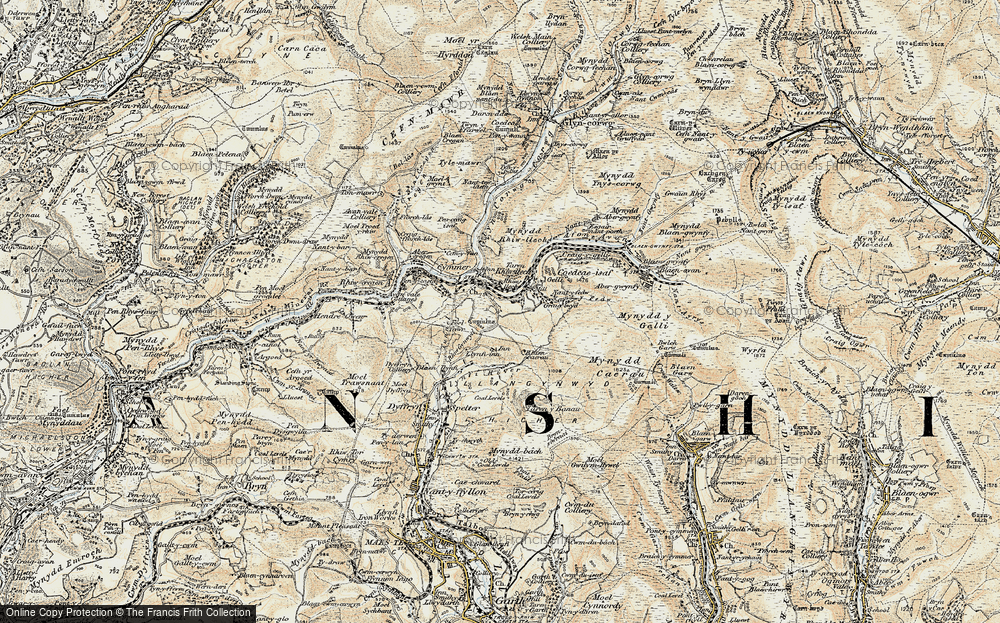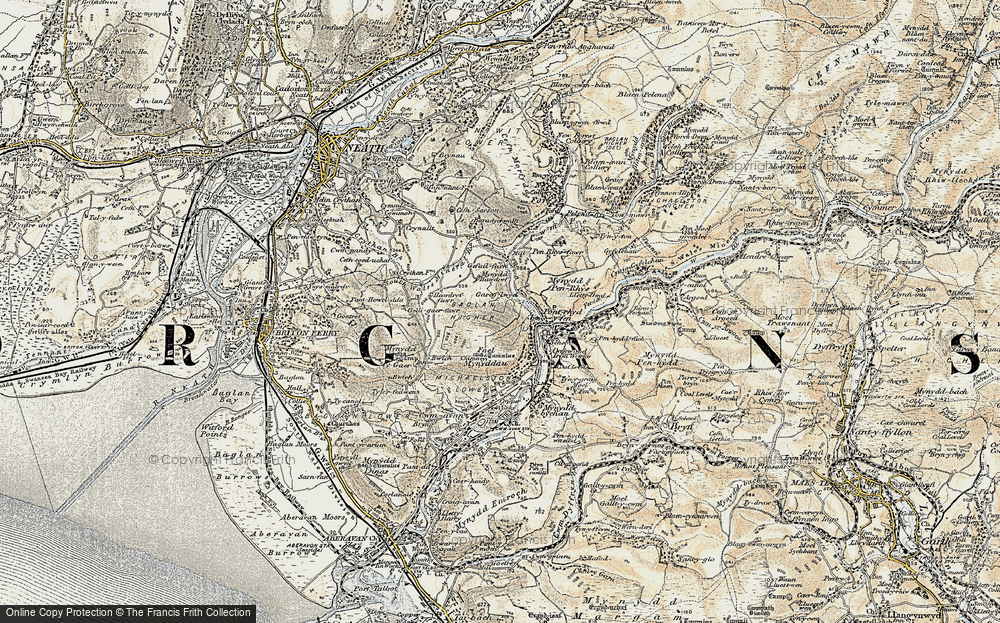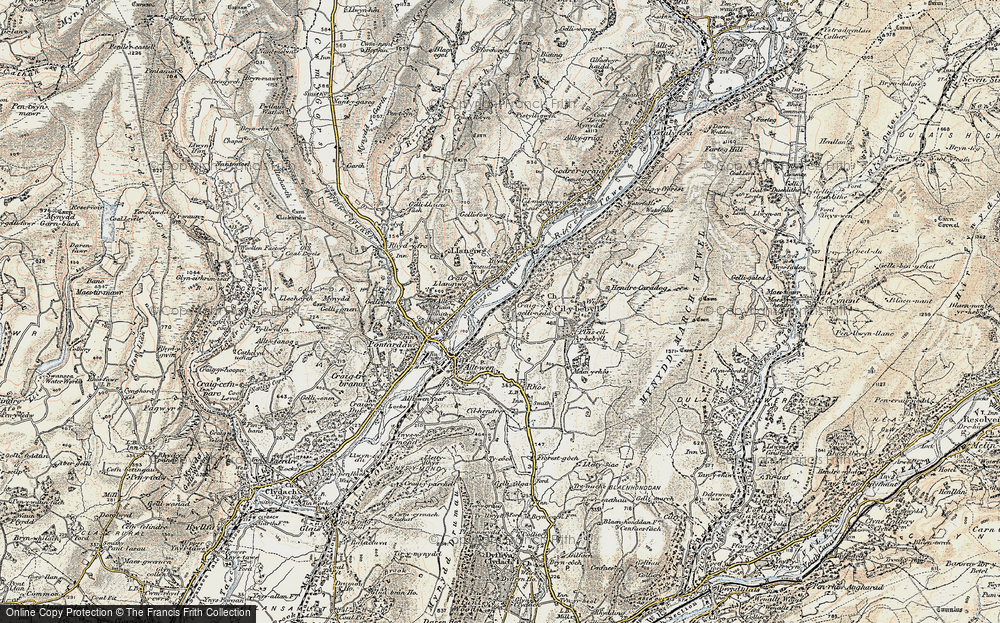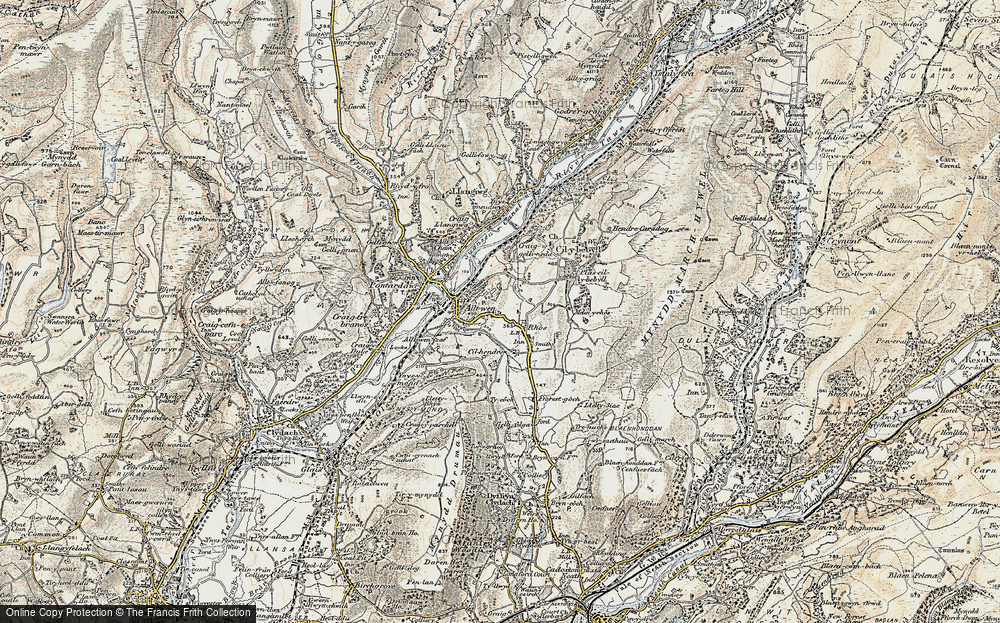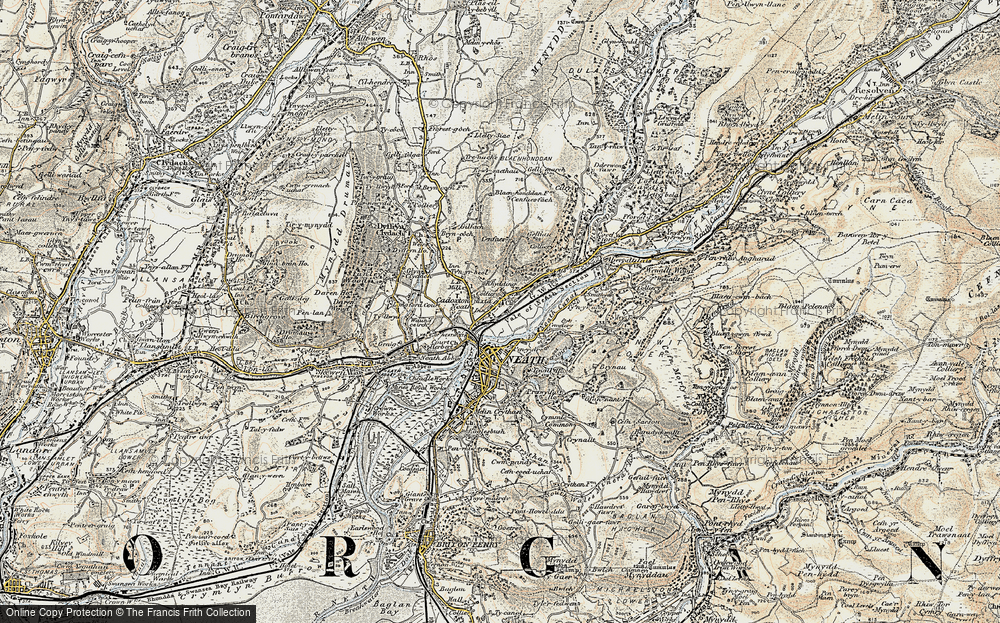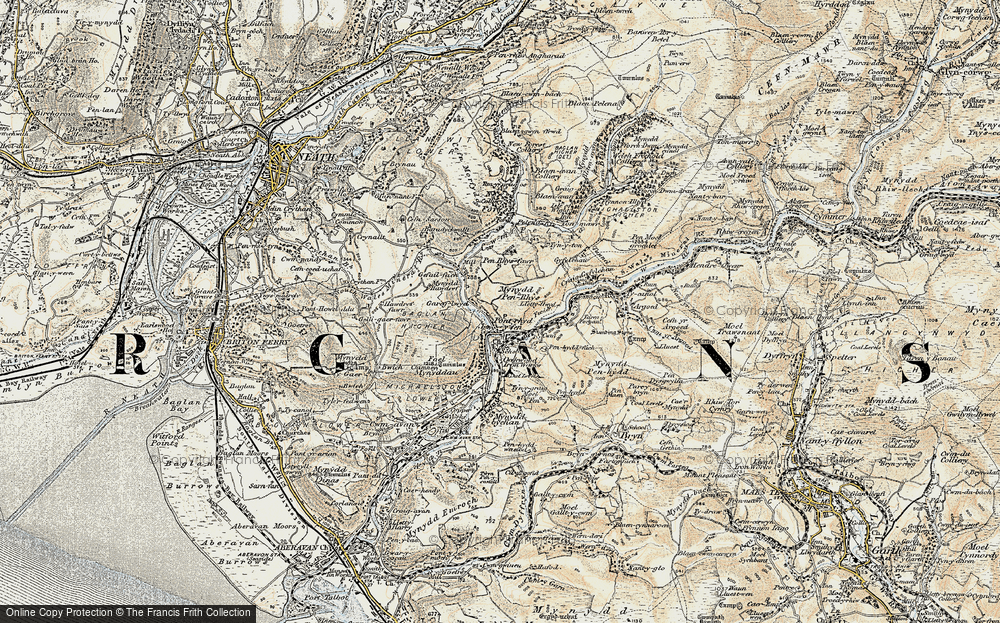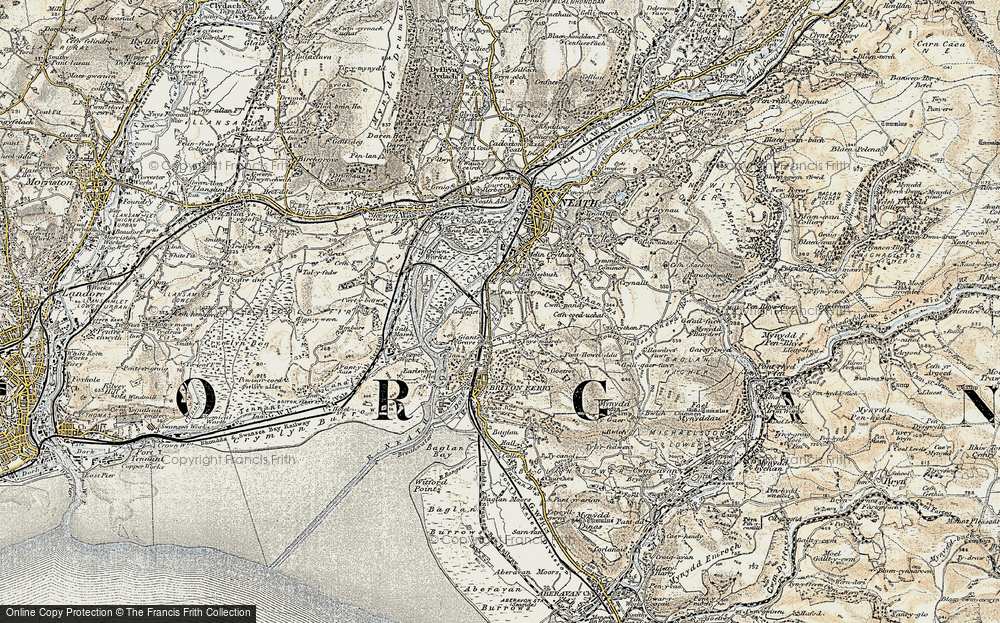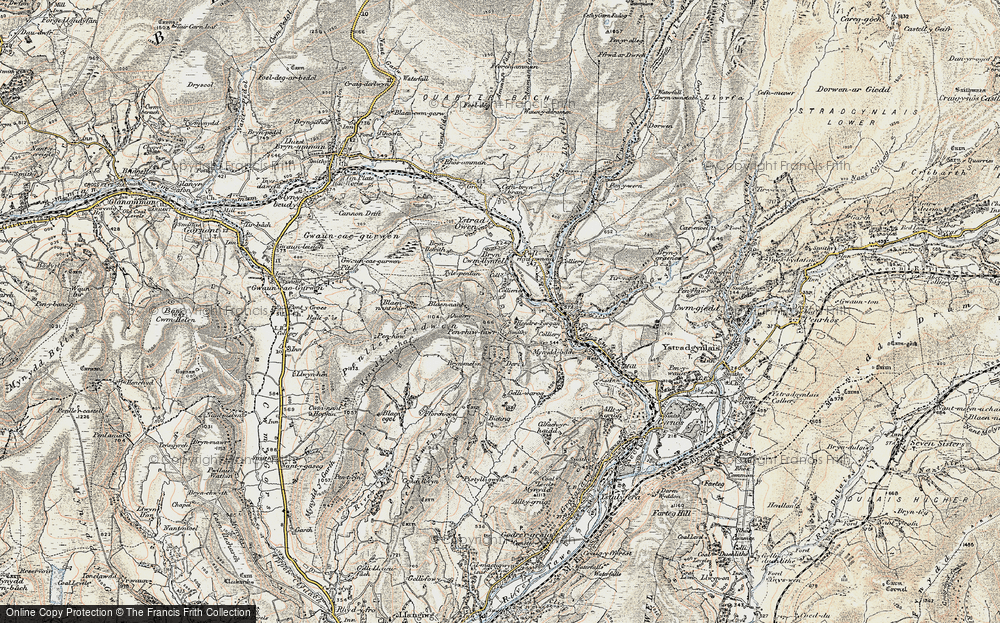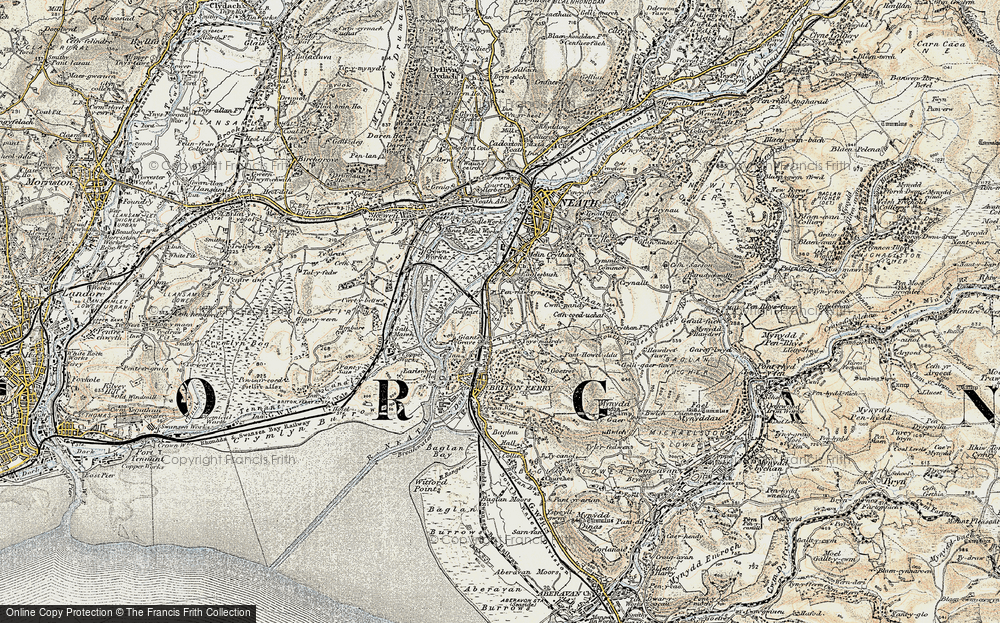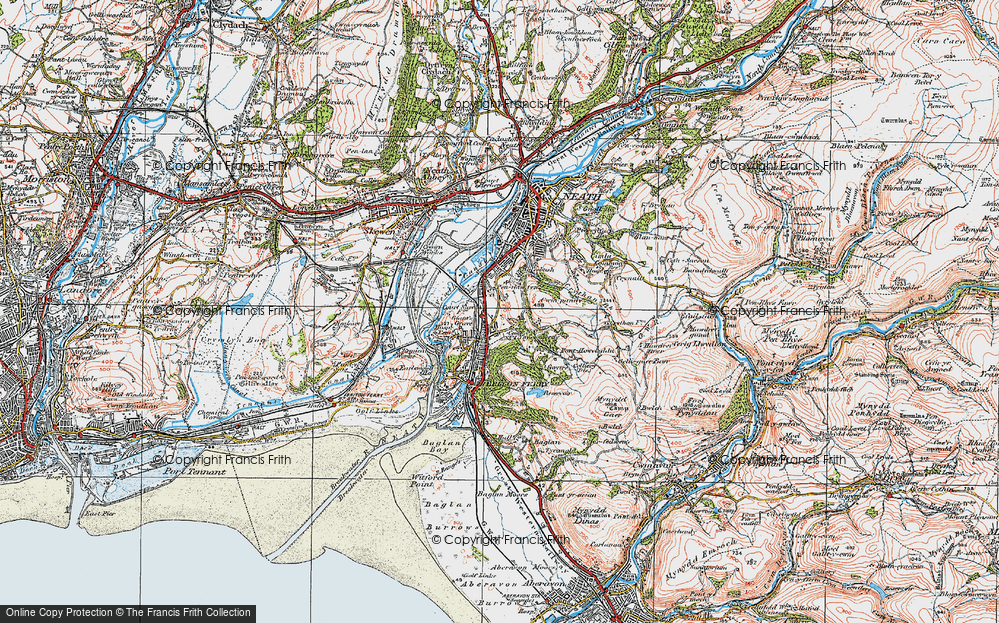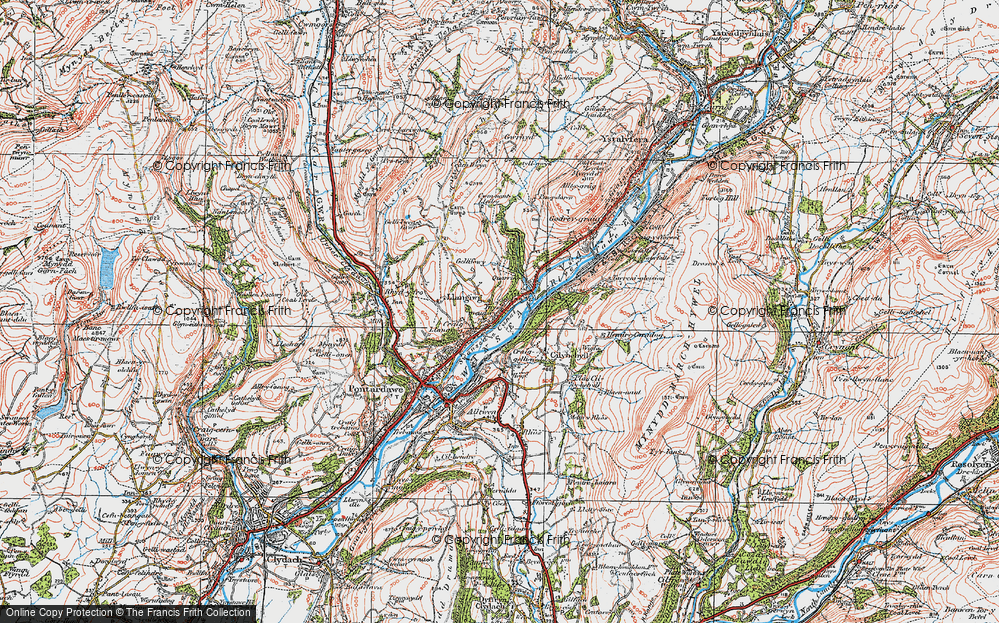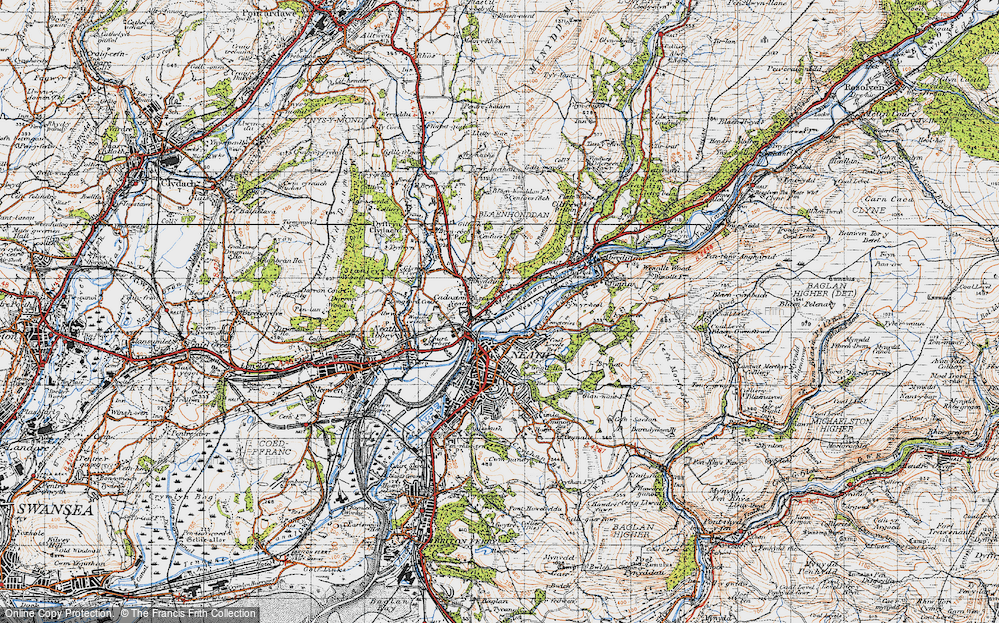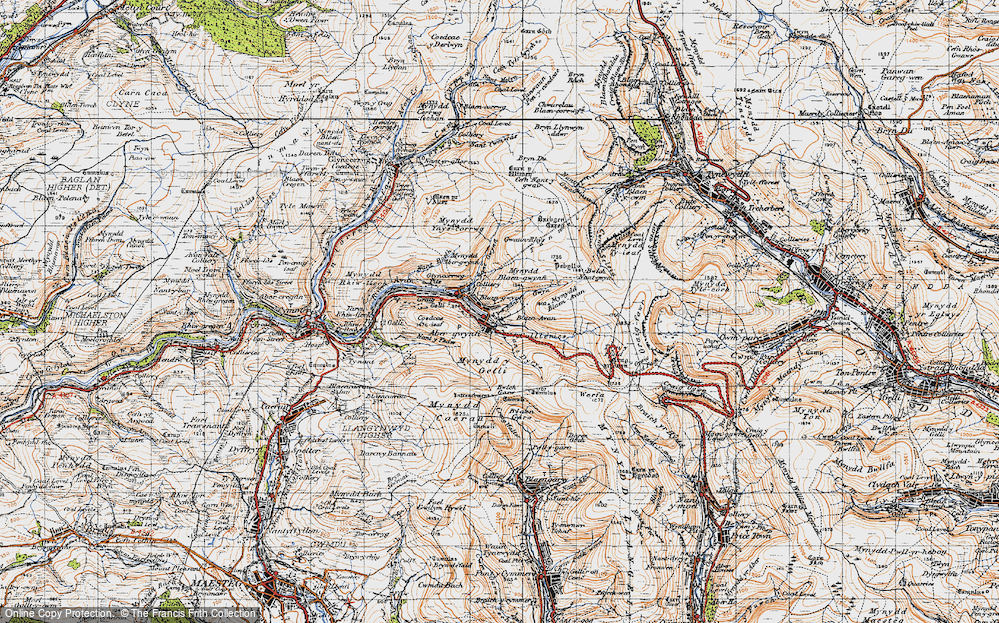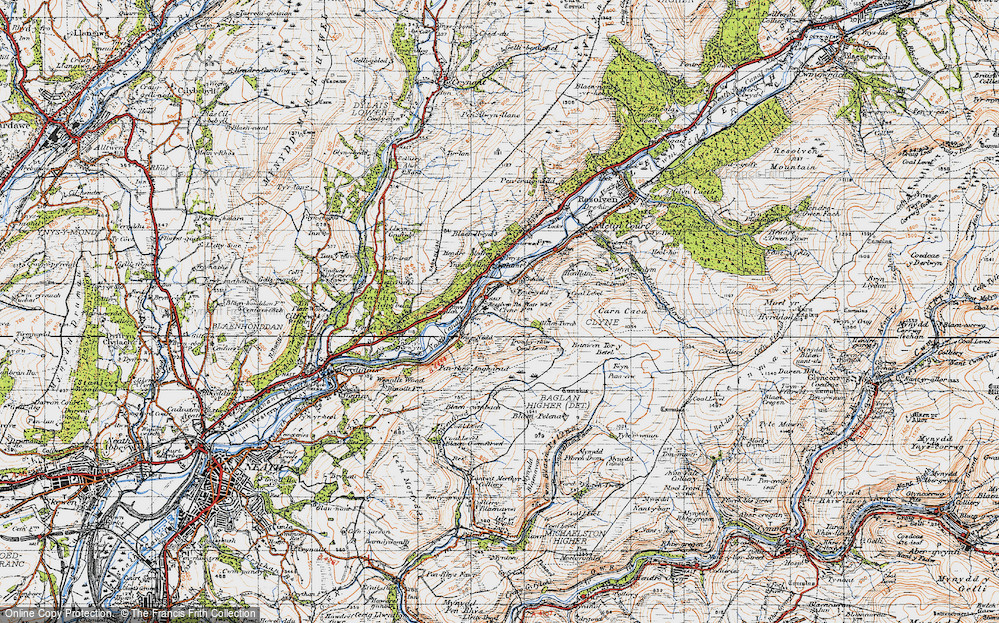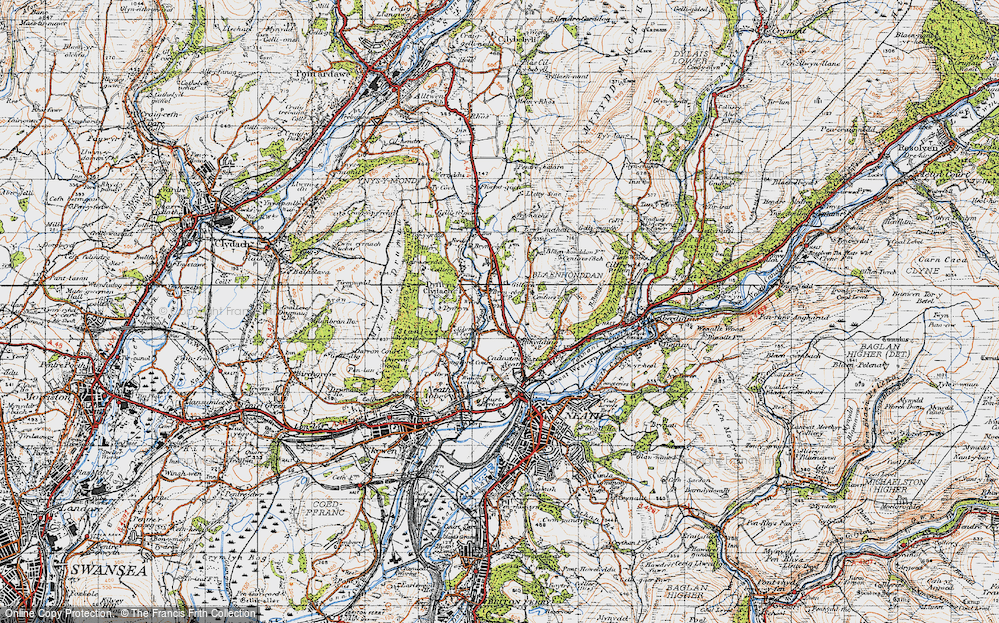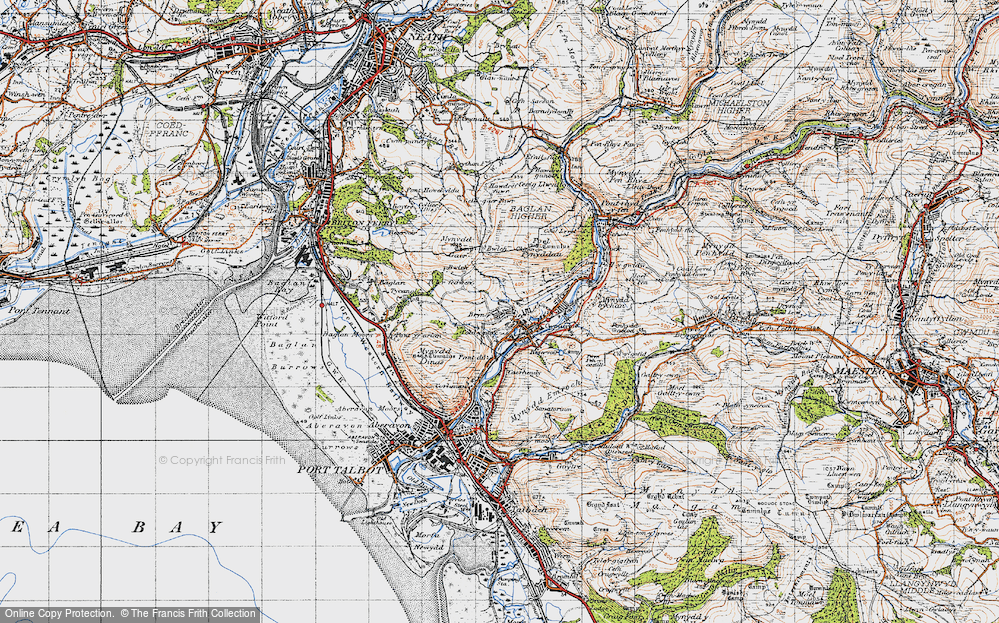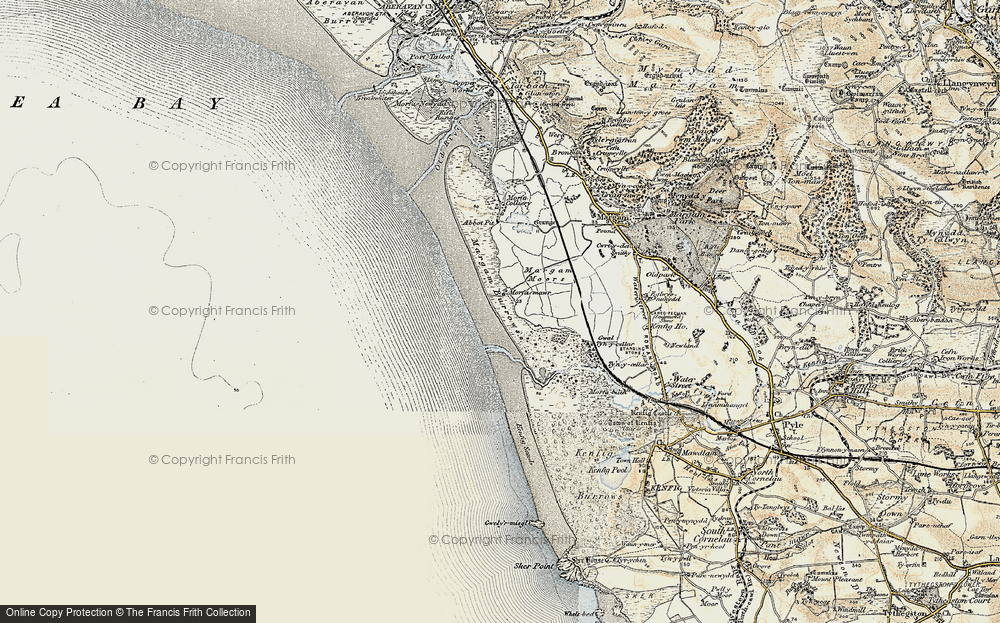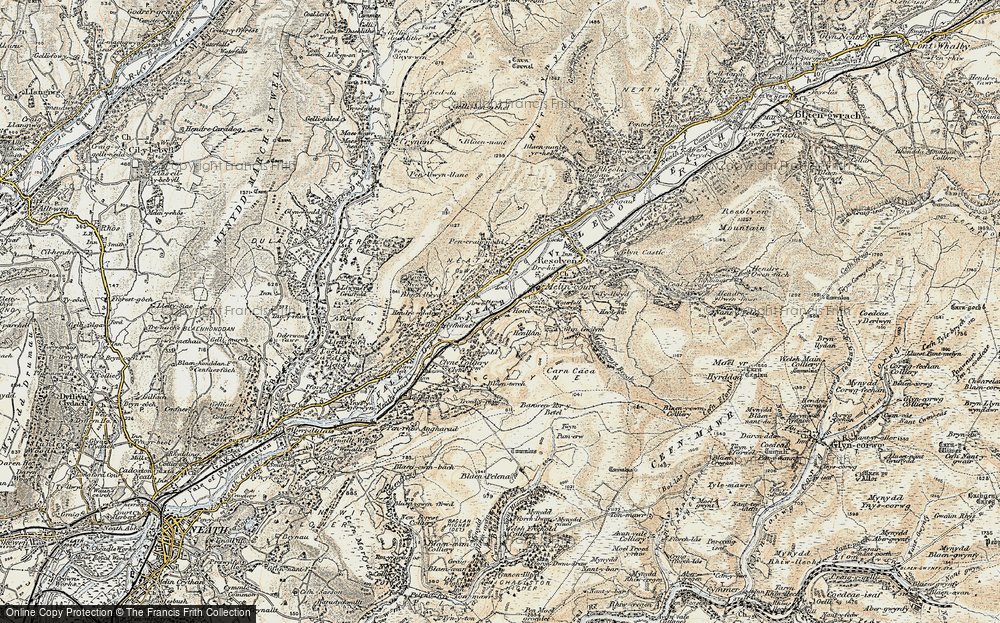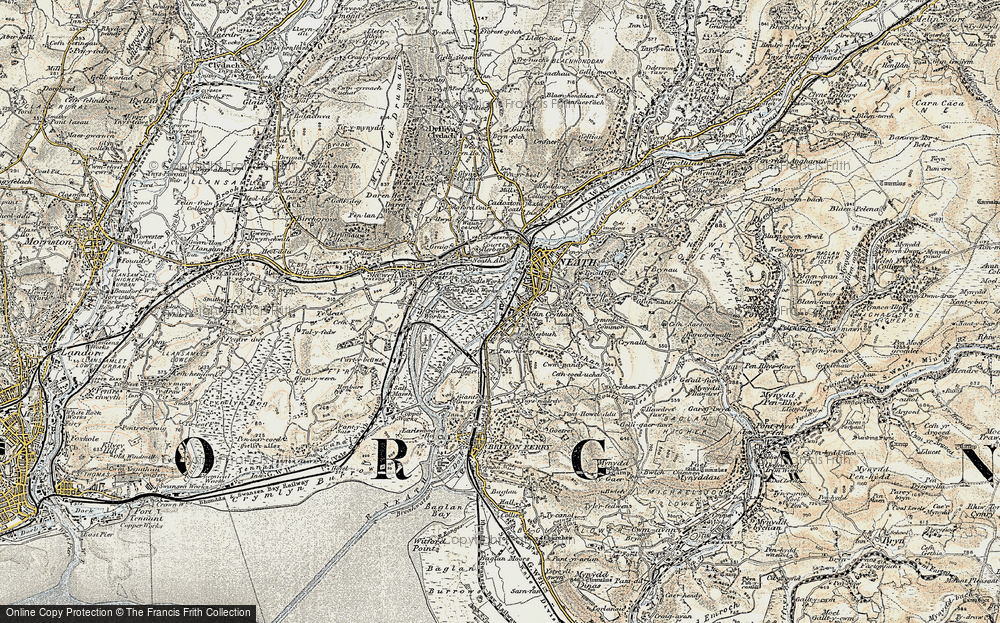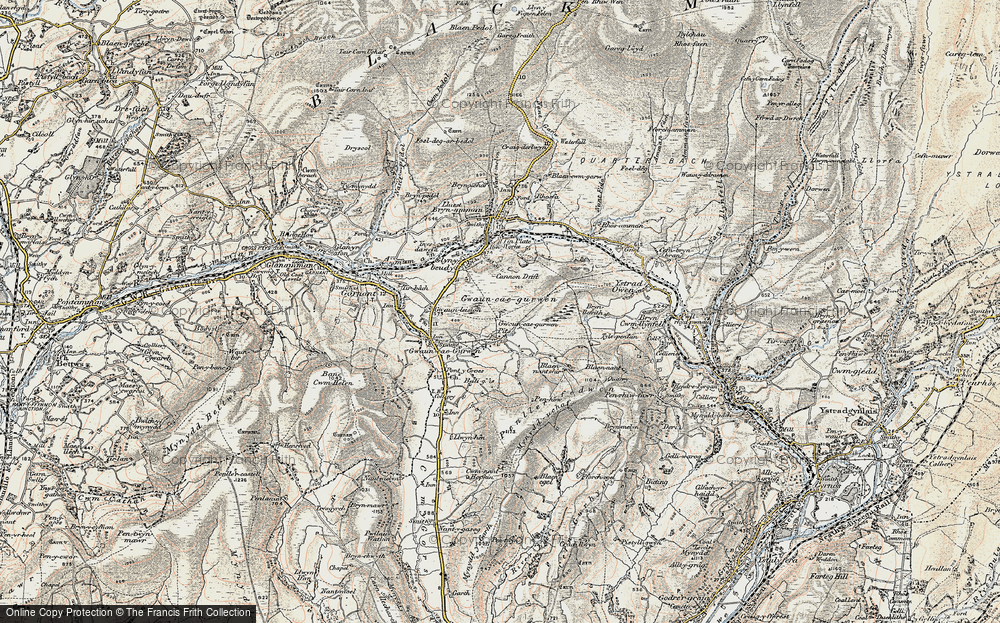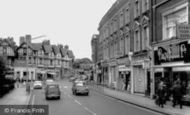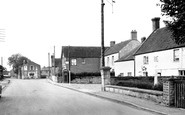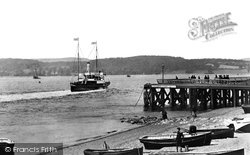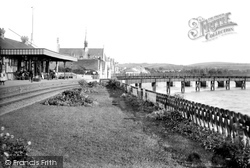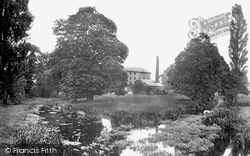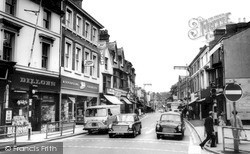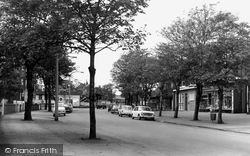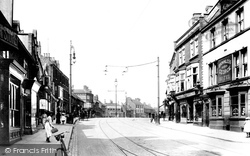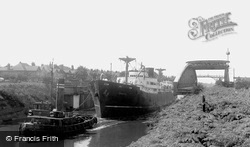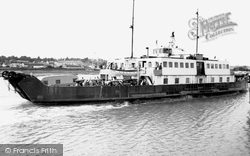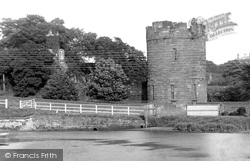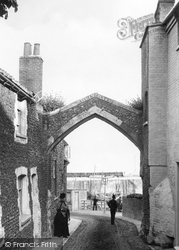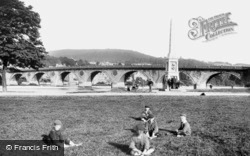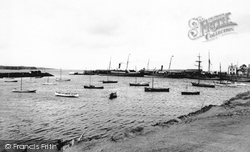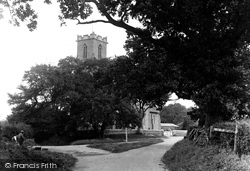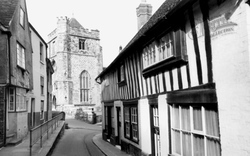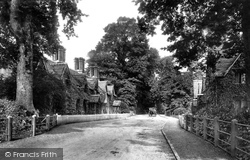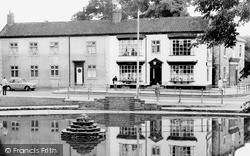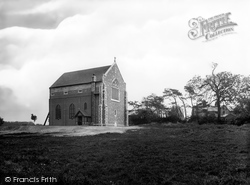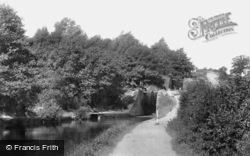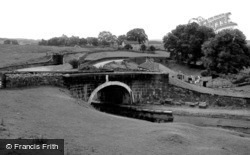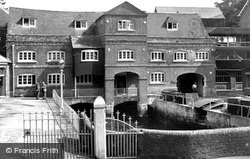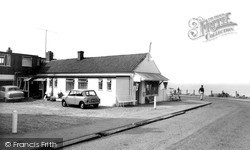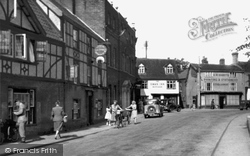Places
Sorry, no places were found that related to your search.
Photos
Sorry, no photos were found that related to your search.
Maps
670 maps found.
Books
4 books found. Showing results 313 to 4.
Memories
1,789 memories found. Showing results 131 to 140.
The Irish Bacon Shop
Stuck in the middle of this parade of shops is the cream coloured frontage Irish Bacon Shop & my mother worked there.We lived at 41a Willesden High Road, just a short hop to the shop, and I have found memories of the ...Read more
A memory of Willesden in 1966 by
Farraline Hall
Moved to Farraline Hall, Errogie in 1950 from Leeds. Dad was estate manager. Me and my brother Jeff and sister Jennifer in the back of a 7 ton flat lorry, sat on mattress under canvas in the back of it. I went to Errogie school, had to ...Read more
A memory of Errogie in 1950 by
''the Grapevine'' And Others!
My uncle, the late William John Wilcox, was the proprietor of the 'Grapevine' from the mid 1930s through to the early 1960s. I remember it as a truly old fashioned 'pub' complete with a 'games room' with darts, shove ha'penny ...Read more
A memory of Meare in 1940 by
How Times Have Changed
Looking back at old photographs Harwich & Dovercourt has certainly changed, the Phoenix Hotel is no longer, it has been replaced by luxury flats, the train ferry service has closed, the High Street seems like a ghost ...Read more
A memory of Dovercourt by
Earith Was In Huntingdonshire And Still Is
I was born in St Ives in 1939 but lived in Earith at what is now number 43. Next door was my Grandad's grocer's shop - Bert Russell. I moved to Peterborough in 1958 where I still live in Werrington Village. ...Read more
A memory of Earith in 1940 by
Childhood In The 1950s In Caerau
I was born at 87 Victoria Street in 1945. My father was a miner and worked all his life in Caerau colliery. My mother came from London with her brothers and sisters, they were evacuated to Caerau after their house in ...Read more
A memory of Caerau in 1953 by
18 Happy Years
We moved into Avon Carrow in November 1991, just after the M40 motorway had been extended to Warwick, and started the most rewarding living experience of our mature lives. The Carrow has an interesting history for such a ...Read more
A memory of Avon Dassett in 2009 by
Childhood In Benham Valence
It was in April 1950 that I was born in the Victorian wing of Benham Valence - actually in the flat above the garages - a very primitive dwelling with no bathroom or indoor toilet. Unfortunately the whole wing was ...Read more
A memory of Benham Park in 1950 by
The Keelings 1940 Evacuees
My sister, Joy, elder brother, Richard and myself, John Keeling, were evacuated to Llanharan in June 1940. After a short time Richard and myself were placed with a lovely old lady at 12 Seymour Avenue, Mrs Surridge. I do ...Read more
A memory of Llanharan in 1940 by
I Lived Next Door
My family lived in the cottage next to the well during the Second World War and for a short time after. I have many very happy memories, including falling asleep on the stone monument on the moors, sitting on the stone wall of the ...Read more
A memory of St Cleer in 1940 by
Captions
1,058 captions found. Showing results 313 to 336.
Exmouth is still a busy little port, though merchant vessels are now outnumbered by sailing boats. A ferry crosses the Exe from here to the village of Starcross on the opposite bank.
When the narrow gauge line to Lynton was opened, there was insufficient room to bring it here and the station was moved a short distance along the quay.
It ceased working shortly before the Great War, and has recently been converted into five flats.
This is another of the Lincolnshire churches that has Anglo-Saxon long and short stone work in the tower.
This must have been taken very shortly before work began on the demolition of Evesham Street. E A Hodges has become just another branch of Dillons, presumably as a result of a take-over.
Station Road, though quite short in length, still manages to achieve a broad mix of shops and dwelling houses.
The tramway had a relatively short life-span - it was closed in 1926.
A long way from his home port of Glasgow, the 'Tarantia's captain is escorted by a tugboat pilot more familiar with the difficult sections of the canal.
Lymington has always been important as a port; it has not always been the small anchorage that visitors see today.
The tower derives its name from the time when Chester was a thriving port and ships used to moor alongside it.
It was traditionally much more important than its 'little suburb by the sea', and was included in the jurisdiction of the Cinque Ports.
It was still an important port, with several hundred vessels coming up river every year to discharge and take on cargo.
There were once regular sailings to Glasgow and Greenock, but its days as a cross-channel port are now over.
One of the most beautiful of the many lovely Broads churches is St Helens at Ranworth, a short walk from the staithe.
After visiting Hastings, the tourist should make the short journey out to Battle to see where the course of English history was changed so suddenly and dramatically on an October day in 1066.
Between 1867 and 1904, finding themselves short of workers accomodation, the Guest family built more than 110 cottages accross their far-flung estate, paying special attension to Canford Magna itself
The properties we see here sit on the edge of Norton Green, with the High Street off to the right, and the church and vicarage a short distance up to the left.
Construction was started in 1919 on this Gothic-style 'Victory' church designed by Arthur Heron Ryan-Tenison; the photograph shows St Paul's shortly after its consecration early in 1924.
They lift the canal 168ft by seven pairs of chambers; these are not staircase locks, which we have met before, but locks linked by a very short pound.
After these three locks at Greenberfield, there is a short summit and a tunnel before the canal descends into Lancashire. Beyond the house is the site of a three lock staircase.
This picture, showing the 18th-century mill facade, was taken shortly before the construction of a silo block used for storing raw materials for making animal feeds.
The Cliff Café is a fine example, photographed shortly after its refurbishment.
To the right is H W Short's printing and stationery establishment.
Within a short distance, the river becomes the border between Herefordshire and Gloucestershire. Further on, it subsequently becomes the border between England and Wales.
Places (0)
Photos (0)
Memories (1789)
Books (4)
Maps (670)




